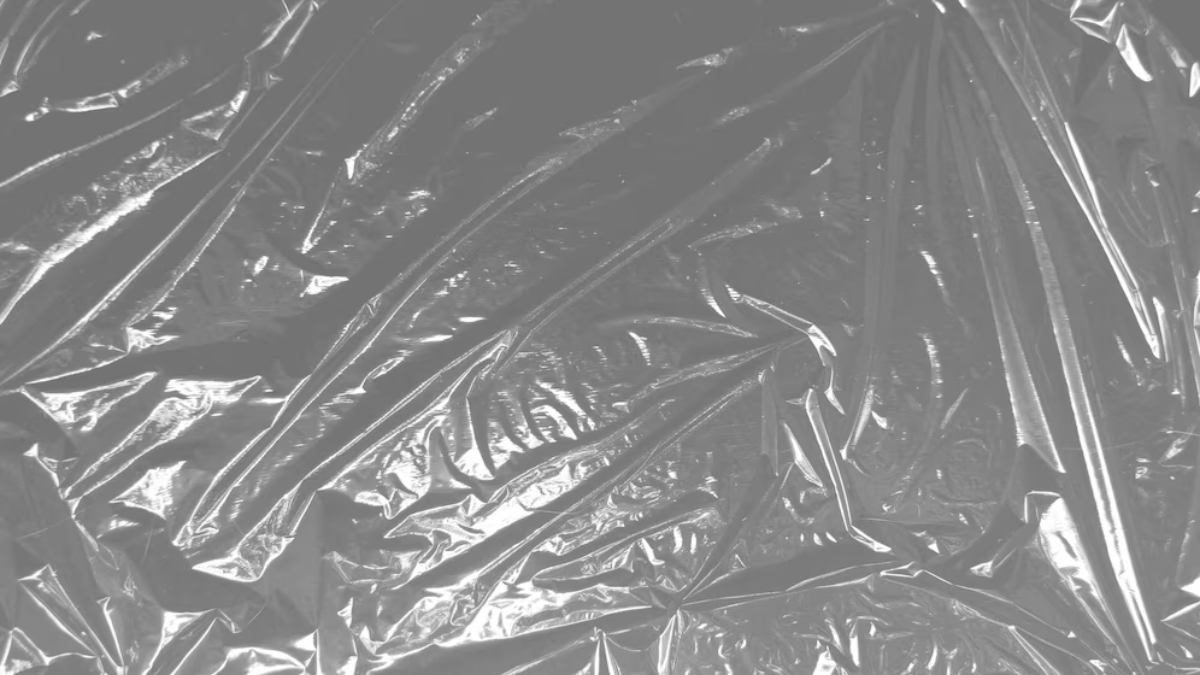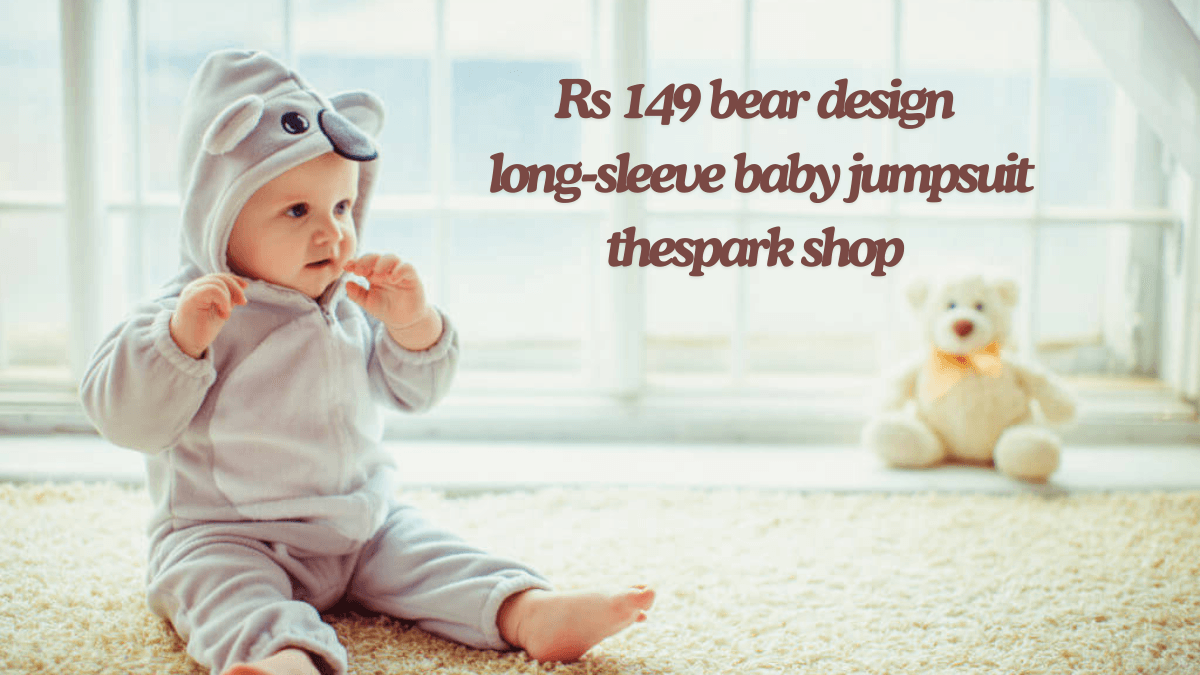Cellophane, despite its resemblance to plastic, is a biodegradable product made of cellulose sourced from wood, cotton, or hemp.
While cellophane rolls may commonly be used in packaging, they have multiple functions that support sustainable living and waste management.
Below are seven ideas on how the cellophane rolls can be utilized in people’s daily lives with efficiency as well as their environmentally friendly nature portrayed.
1. Eco-Friendly Food Storage
Aside from medical uses, cellophane is highly used in food packaging. While there is an option of using plastic wraps to package these food items, cellophane is a much more environmentally friendly material.
This can be utilized to wrap sandwiches, cover dishes of leftovers, or store fruits and vegetables. Since cellophane roll allows foods to breathe while at the same time being able to absorb moisture, it also lessens food wastage.
When choosing cellophane rolls, avoid ones that are laminated or have additions on their surface because it will slow down the biodegradation process.
2. Compostable Gift Wrapping
One adverse effect of gifting is that gift wrapping produces a large volume of waste, especially during festive seasons. The use of cellophane rolls provides an environmentally friendly solution to the conventional roll of wrapping paper.
They come in different shades of color and designs, which makes them appropriate for use as gift wrappers.
The packaging material used in cellophane wrapping can be composted, which is far better than conventional wrapping paper, which includes the incorporation of plastic and metallic parts.
3. Garden Mulching
Another effective mulching material that gardeners may use is cellophane rolls. Laying cellophane over the garden gives you a chance to cover the beds to improve soil moisture, get rid of the weeds, and keep the right temperature.
Since cellophane disintegrates over a period, it also provides organic material to the soil, which improves soil quality.
Thus, this application of cellophane not only aids in plant growth but also does not require any chemical weed killers and synthetic mulching agents.
4. DIY Craft Projects
Films like cellophane rolls can be helpful for many different craft activities at home. They can be used to create a stained-glass window effect, order special decorations, invitations, or souvenirs for a special event, and much more.
It is also important that craft lovers embrace environmentally friendly products such as cellophane papers in their crafts.
Besides, many products created from cellophane can be reused or transformed for a new purpose, which again minimizes their discard.
5. Eco-Friendly Packaging Material
It is clear cellophane rolls can be used as an environmentally friendly packaging material when used by businesses or individuals.
When used to ship packages or to cover presents, cellophane serves as a form of protection that is environmentally friendly thus can be recycled or composted.
Its transparency enables product visibility through covering without including other plastic windows or coatings.
Switching from traditional plastic packaging to cellophane can help businesses address ecological concerns while satisfying consumers.
6. Protecting Household Items
Cellophane rolls are versatile and can be used to prevent other items from getting in contact with dust or dirt and from being damaged.
For example, one can arrange seasonal wear, shoes, or linen and cover them with cellophane before packing them.
Besides, it helps pass the time and maintain the cleanliness and freshness of the products without using plastic bags.
Likewise, cellophane can be used to wrap furniture when renovating or relocating from one home to another without using plastic counterparts.
7. Enhancing Home Décor
The use of cellophane in home interior designing is a novel idea of making living spaces more inviting and environmentally friendly. If you want to brighten up your windows and at the same time, bring in natural light selectively then you could use the colored cellophane.
Furthermore, it can be used to create products such as cellophane lampshades, table runners, and floral arrangements.
Nonetheless, these decorative uses not only make your home or office more comfortable and pleasant, but they also show care for the environment.
Tips for Choosing and Using Cellophane
It is crucial to consider the environmental benefits of cellophane while selecting and utilizing it. For biodegradability, choose uncoated cellophane rolls since coatings and additives might impede breakdown and introduce toxic materials.
Moreover, cellophane can be reused wherever feasible to extend its lifespan; gift wrapping, for example, may sometimes be reused several times before composting. Composting, recycling, and cutting out single-use plastics are sustainable habits you can combine with cellophane use to improve your environmental effect further.
Conclusion
You can incorporate cellophane rolls into your daily life with ease, as they have many sustainable applications.
Cellophane is a multipurpose, biodegradable substance that helps save waste and encourage sustainability. It can be used for everything from gift-wrapping and food storage to mulching gardens and home décor.
We may take modest but essential steps in the direction of a more sustainable future by adopting cellophane instead of conventional plastics and using it in many areas of everyday life.










